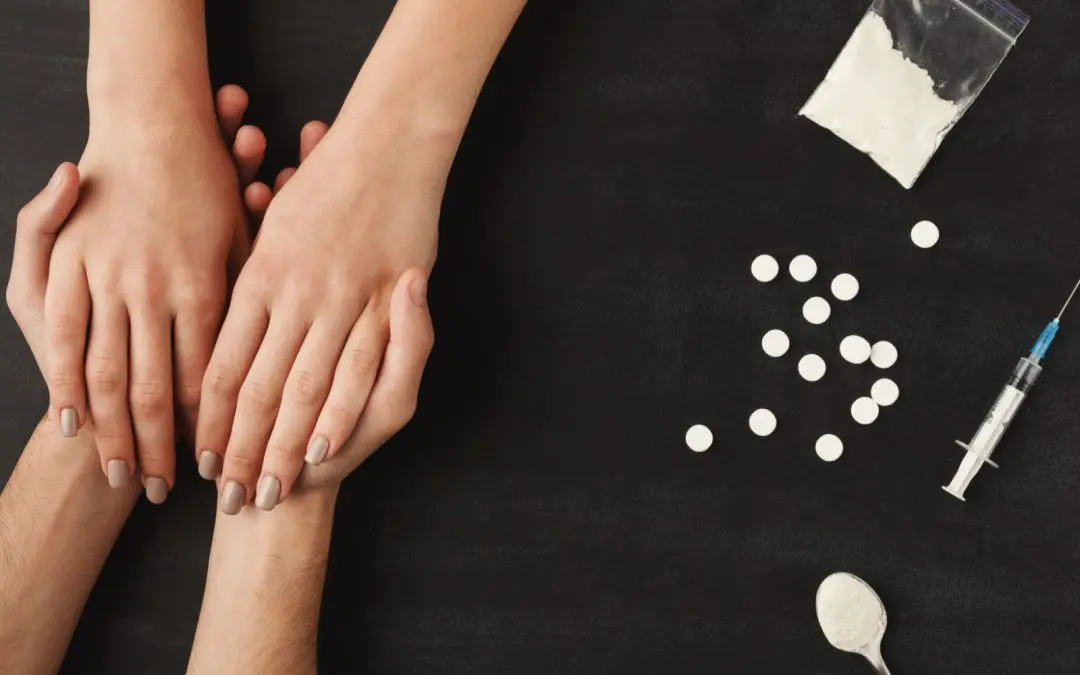24/7 Helpline:
(866) 899-221924/7 Helpline:
(866) 899-2219
Learn more about Intensive Outpatient Program centers in Blue Ball
Intensive Outpatient Program in Other Cities

Other Insurance Options

EmblemHealth

Aetna

Humana

State Farm

Evernorth
Beacon

Choice Care Network

Premera

UnitedHealth Group

AllWell

Health Choice

BlueShield

Private insurance

Magellan

United Health Care

Horizon Healthcare Service

Sliding scale payment assistance

Oxford

Health Net

Kaiser Permanente













